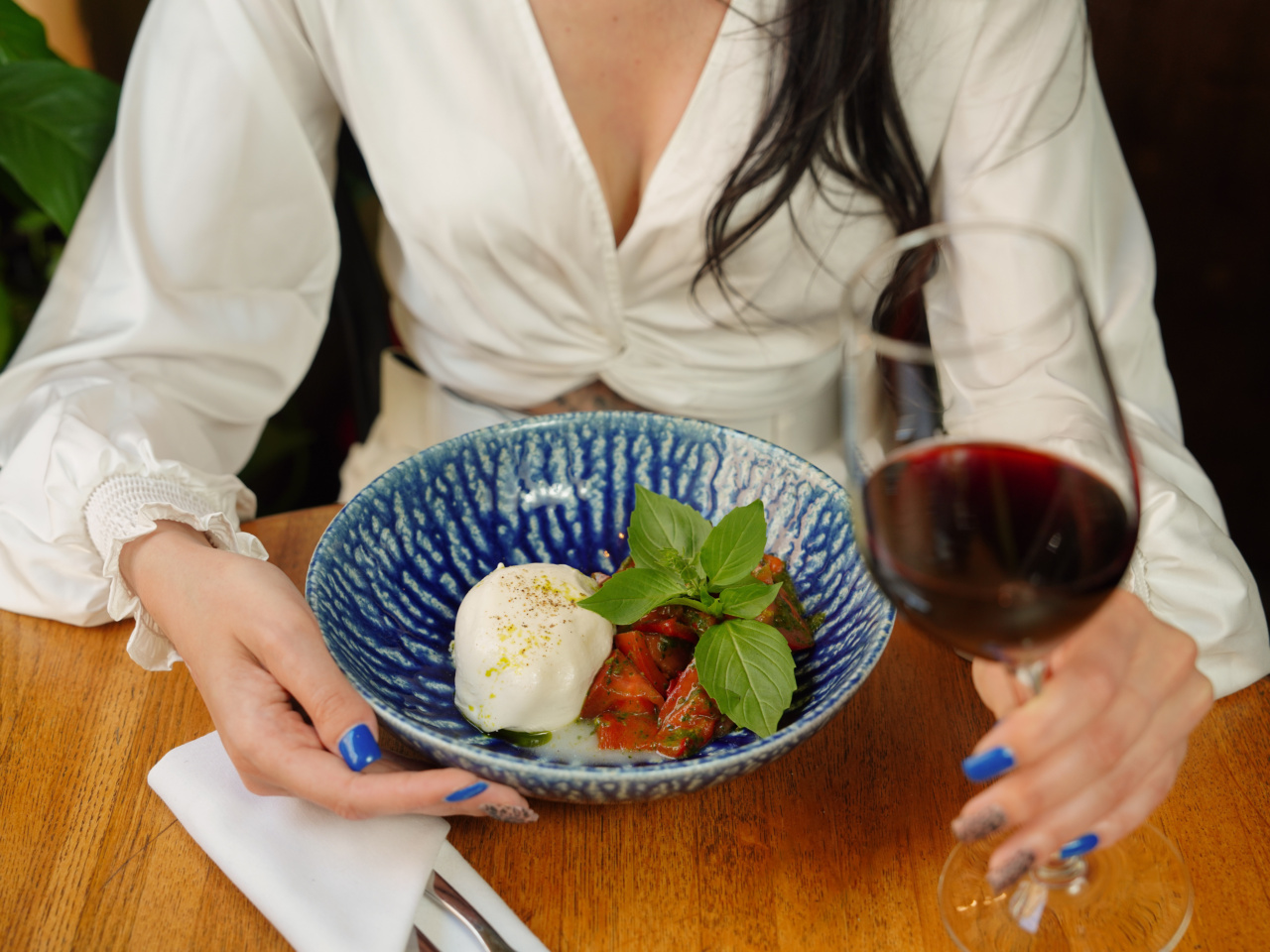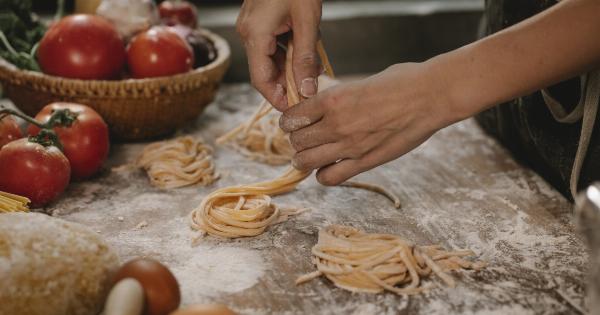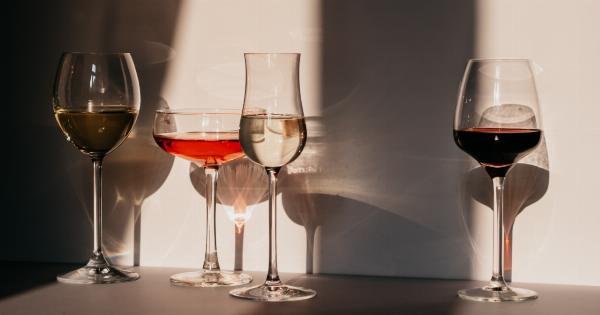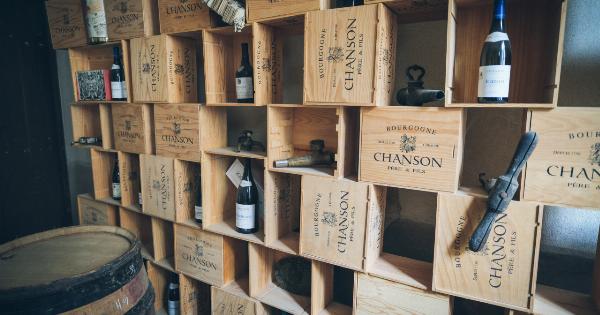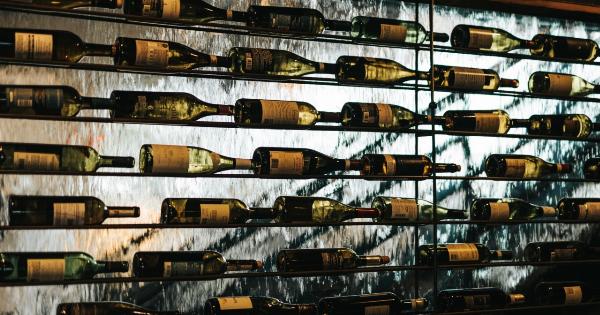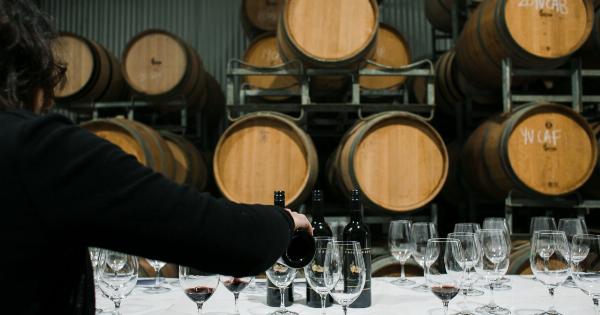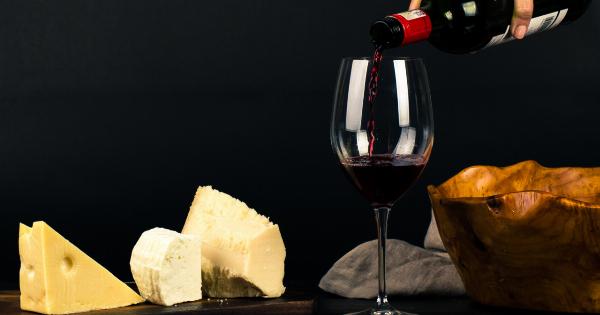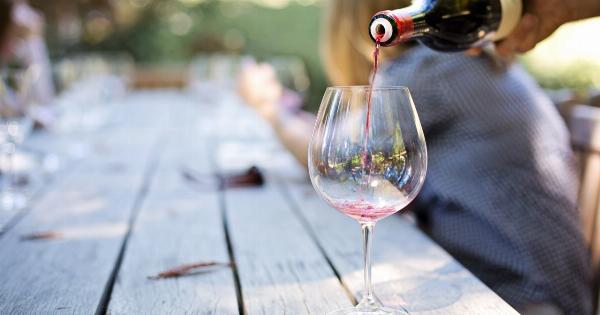Wine has been a part of human society since ancient times and has played an important role in many cultures. From the fine wines of France to the famous Italian Chianti, wine has become a popular choice for many occasions.
With so many varieties of grapes and methods of production, it can be difficult for wine enthusiasts to know everything about the popular drink. In this article, we will discuss some of the secrets of wine and how to better appreciate it.
Tasting and Smelling Wine
The first step in appreciating wine is to use your senses. When tasting wine, try to smell it before taking a sip. The aroma of wine is a crucial factor in the overall tasting experience.
The smell of wine can offer hints of the type of grape used and the winemaking process.
When sipping wine, take a small amount and let it sit on your tongue before swallowing. The flavor profile of wine can reveal a lot about its origin and production methods.
Some wines have a strong taste of fruit, while others have a more earthy, woody flavor.
Understanding Wine Varietals
Wine is made from different type of grapes and each varietal has its own unique characteristics. Some popular types of wine include Chardonnay, Pinot Noir, Cabernet Sauvignon, and Merlot.
Chardonnay is a white wine that is popular for its smooth, buttery texture and strong fruit flavors. Pinot Noir, on the other hand, is a light-bodied red wine that is known for its soft tannins and delicate fruit flavors.
Cabernet Sauvignon is a full-bodied red wine with a higher tannin content that makes it taste bold and rich. Merlot is another red wine varietal that has a softer, smoother taste.
Wine Regions and Terroir
Wine regions play an important role in the production of wine. The type of climate, soil, and terrain can affect the taste of grapes, and ultimately, the wine. Some of the most famous wine regions include Burgundy, Bordeaux, and Napa Valley.
The term “terroir” refers to the specific environmental factors that affect the taste and quality of wine. Some examples of terroir include the type of soil, the slope of the terrain, and the amount of sunlight and rainfall.
Understanding terroir is crucial to understanding the unique qualities of different wines and regions.
Wine Pairing
Pairing wine with food is common practice and enhances the overall tasting experience. The key is to find a wine that complements the flavors of the food.
For example, a full-bodied red wine like Cabernet Sauvignon pairs well with red meats, while a lighter white wine like Pinot Grigio goes well with lighter dishes like salads and seafood.
When pairing wine with food, it’s also important to consider the type of cuisine. For example, Italian food pairs well with Chianti, while a spicy dish may pair well with a sweeter wine like Riesling.
The Art of Decanting Wine
Decanting wine is the process of pouring wine from its original bottle into a separate container. This process allows the wine to breathe and can enhance its flavors.
Decanting is especially important for red wines, as they have more tannins than white wines. Tannins can give red wine a bitter taste, but decanting allows the tannins to soften and can make the wine smoother to drink.
Storing Wine
Wine storage is important for preserving the quality of the wine. Wine should be stored in a cool, dark place, away from sunlight and fluctuations in temperature.
Wine should also be stored on its side, as this helps to keep the cork moist and prevents air from getting into the bottle.
If you plan to store wine for an extended period of time, consider investing in a wine fridge or temperature-controlled storage unit. These devices can help to ensure that your wine is stored at the optimal temperature and humidity level.
Wine Collecting
Wine collecting is a popular hobby among wine enthusiasts. Collectors often seek out rare and valuable wines, with the goal of building a collection over time.
Collecting wine requires an investment of time and money, as well as a deep understanding of the different types of wine and their value. It’s important to buy wine from reputable sources and to store it properly.
Developing a Wine Palate
Developing a wine palate takes time and practice. One of the best ways to learn more about wine is to taste as many different types as possible. Attend wine tastings and try different wines with meals.
Another helpful tip is to keep a wine journal, where you can take notes on the wines you try. This can help you to track your progress and remember which wines you liked and didn’t like.
Conclusion
Wine is a complex and fascinating drink that has been enjoyed for centuries. By learning more about wine, its production methods, and its unique characteristics, you can develop a deeper appreciation for this popular beverage.
Whether you enjoy a glass of wine with dinner or are interested in starting a wine collection, there is always more to learn about wine and its secrets.
